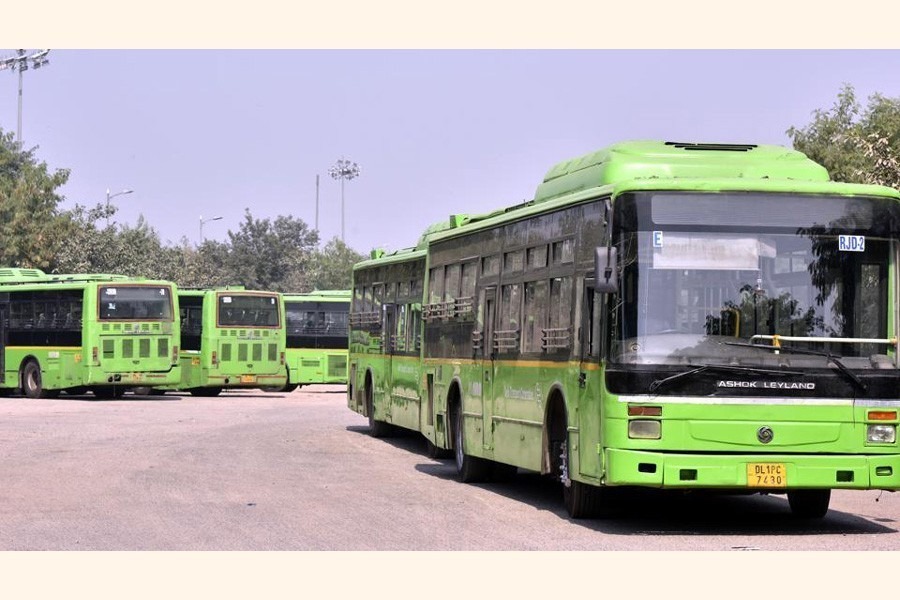
Published :
Updated :

With the objective of reducing environmental pollution, the world is racing fast for introduction of environment-friendly transportation, which is also known as green transportation. It is any means of travel that does not negatively impact the environment and can be private or public. The core thing of green transportation is that it is sustainable as powered by resources that do not deplete when used and so, to a large extent, fit for harnessing by future generations. Thus, green transport is also labelled as sustainable transport. All-electric vehicles, hybrid vehicles, and electric bikes are considered green transport.
Though green transport is encouraged in both private and public sectors, densely populated cities need to emphasise more on green public transport. It is because public transport can transfer and transit a large number of commuters within a short period of time, provided that it is well-planned and rightly designed. It also reduces the dependence on private vehicles, private cars, to be more specific. By converting public buses to the green type, carbon emissions can be reduced significantly.
In Dhaka, there is now a move to introduce green public buses. By the end of the year, some 100 electric buses are likely to join the fleet of Bangladesh Road Transport Corporation (BRTC). It is, no doubt, a good and necessary initiative. Being one of the most polluted cities in the world, Dhaka badly needs pollution-free public transport.
In fact, the public transport situation in Dhaka is terrible and chaotic. A large number of ramshackle buses and minibuses dominate the roads in the city. The exteriors of the buses are defaced and worn-out, and only a few have rear indicator lights. The interior is even more terrible with narrow seats, dirty floors and some broken windows. Thousands of daily commuters are compelled to travel in these unclean, polluted and congested buses.
So, it is now incumbent on the authorities to replace gradually these public buses with clean green ones in a planned manner. Delhi is an example of this. The Delhi Transport Corporation's (DTC) has decided to phase out around 12 per cent or 500 of the existing buses from the streets in the current fiscal year (2023-24). These buses will be replaced by electric or green buses. As per law, any vehicle which is 15 years old cannot operate on the roads of the Indian national capital. Bangladesh also has a law barring any bus older than 20 years from operating. In reality, the law is largely ineffective as around one-fourth of public buses in Dhaka are unfit. Nevertheless, these buses are plying on roads defying the authorities.
The green buses also need to be low-floor buses so that women, children and aged people can board on them safely and easily. Priority should also be for non-AC buses to keep the fares modest for the regular commuters. Some AC buses are also needed for those who are ready to pay higher fares in exchange for better comfort in travel.
As Dhaka Metro Rail is now in partial operation and set to operate fully by December this year, it will be a green public transport. The metro train is likely to reduce private cars to some extent, which will also help ease some traffic congestions and cut carbon emissions. Feeder green buses in major metro stations will make public transport efficient in real terms.
asjadulk@gmail.com


 For all latest news, follow The Financial Express Google News channel.
For all latest news, follow The Financial Express Google News channel.